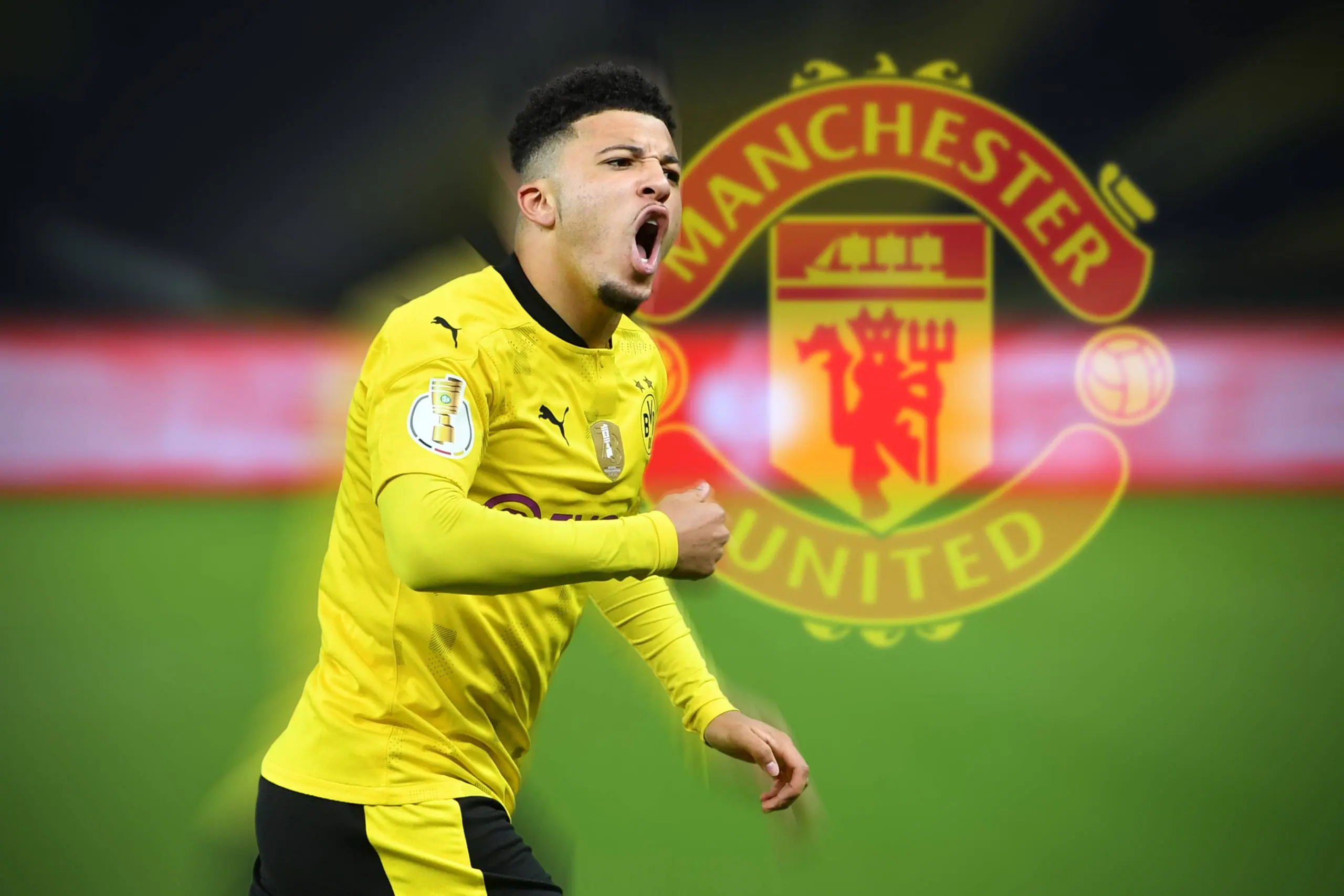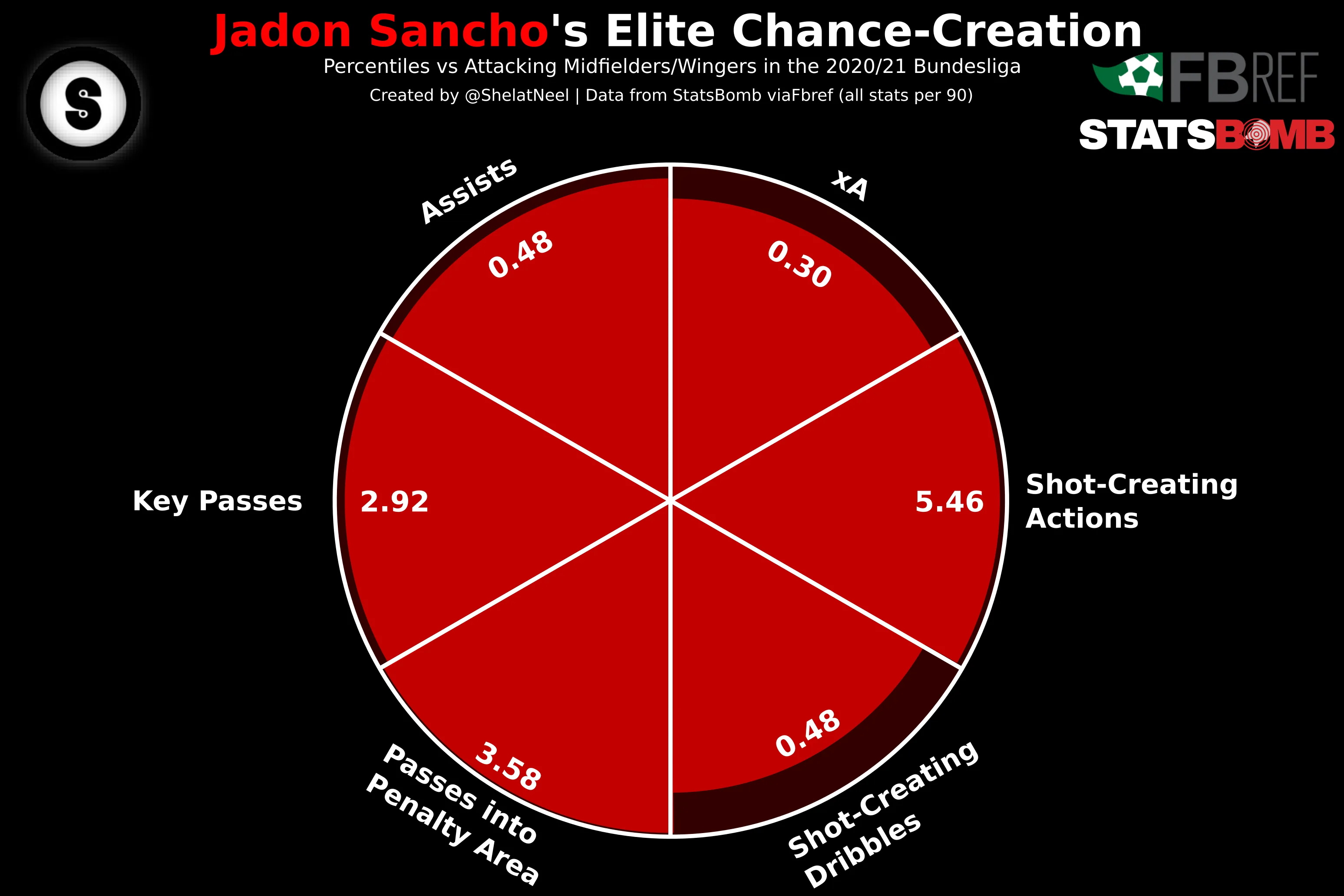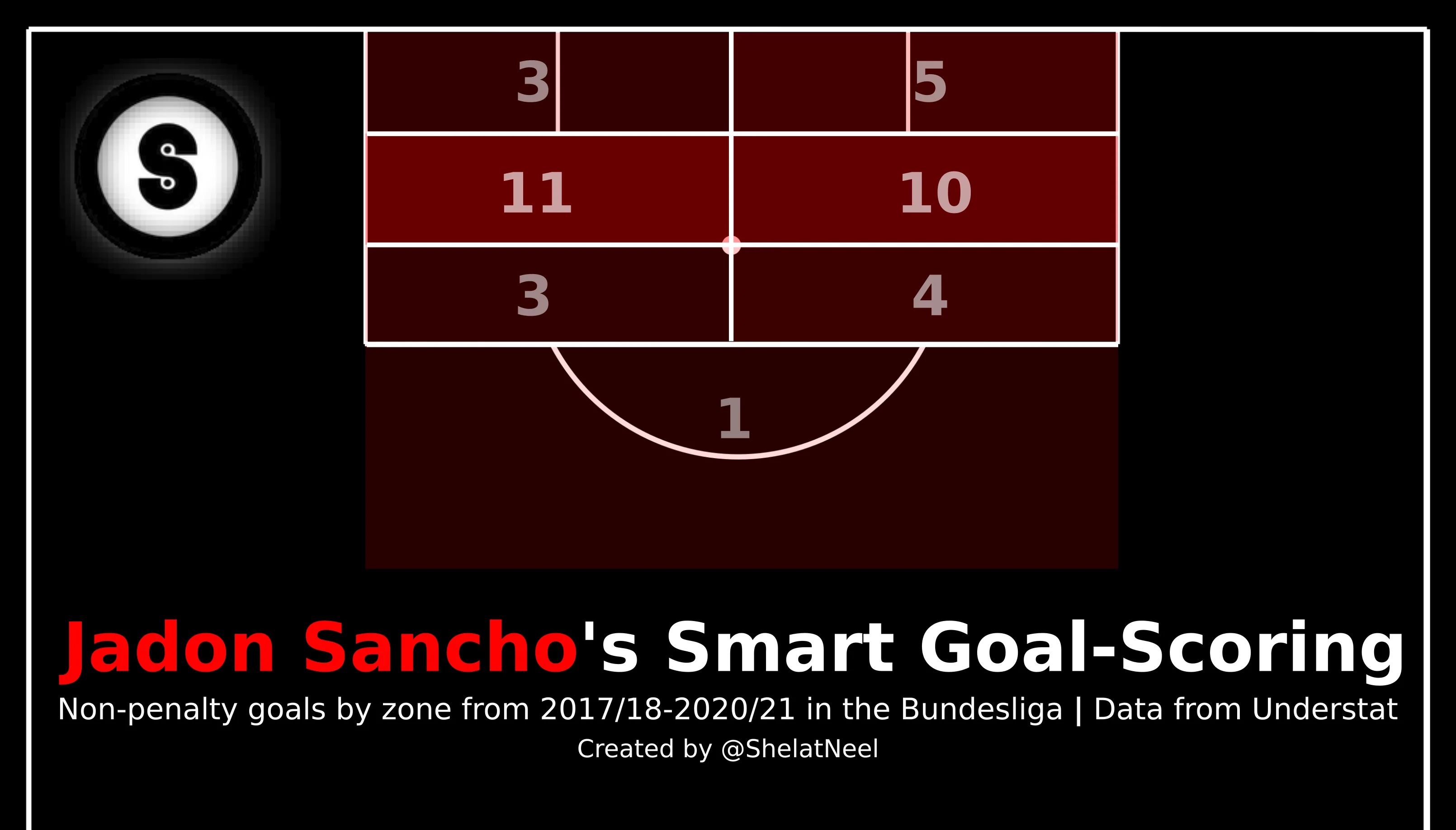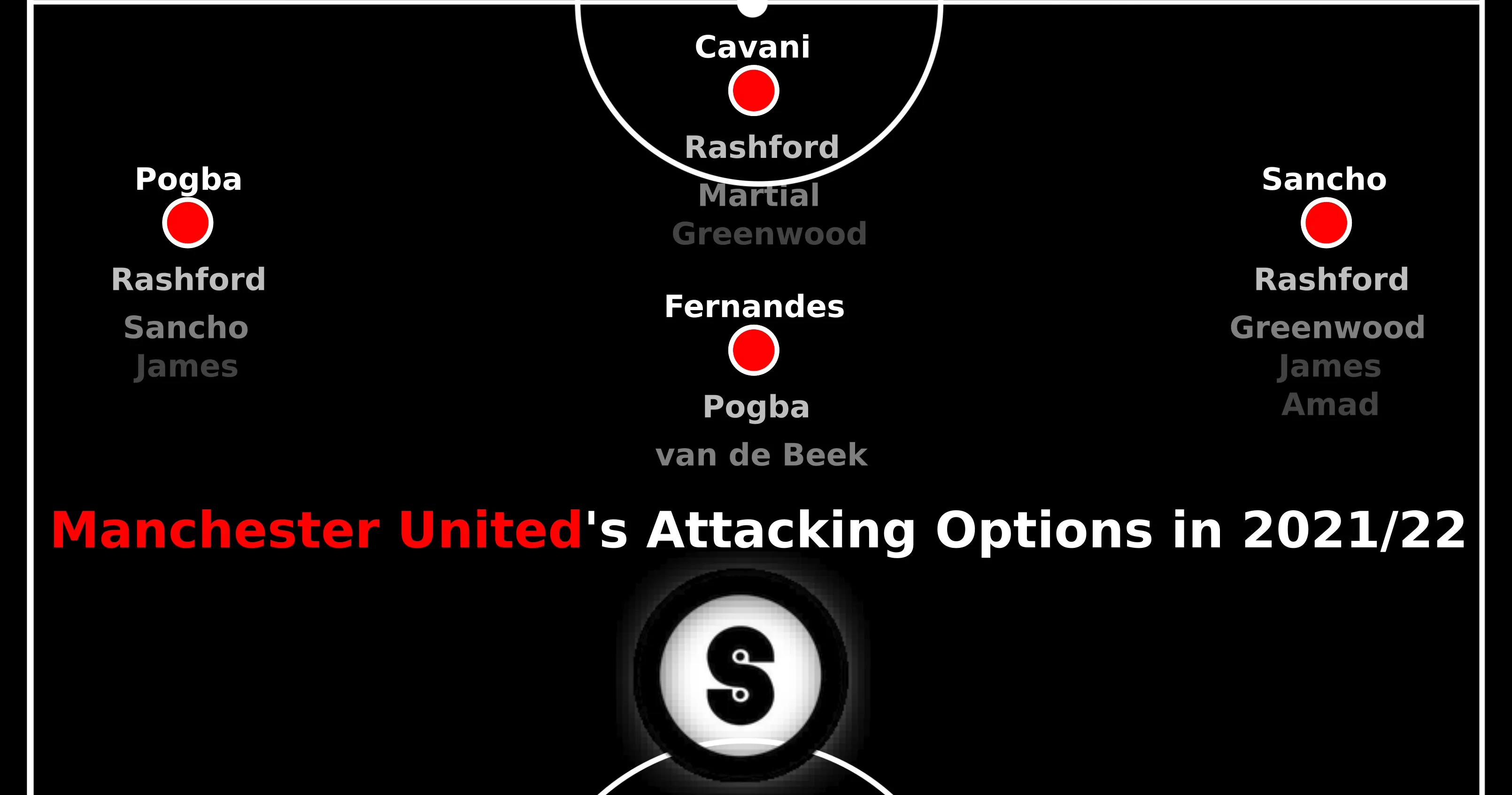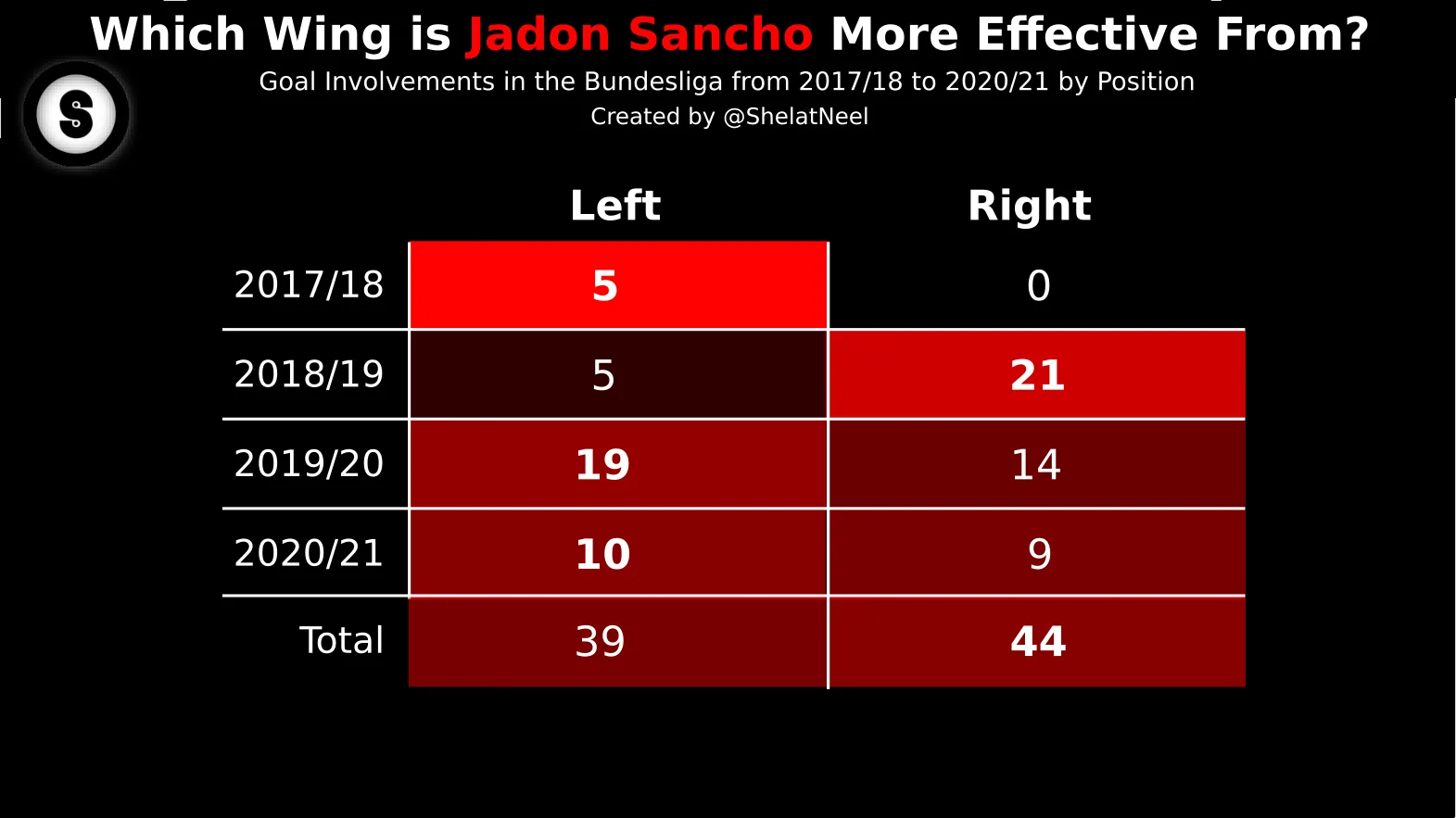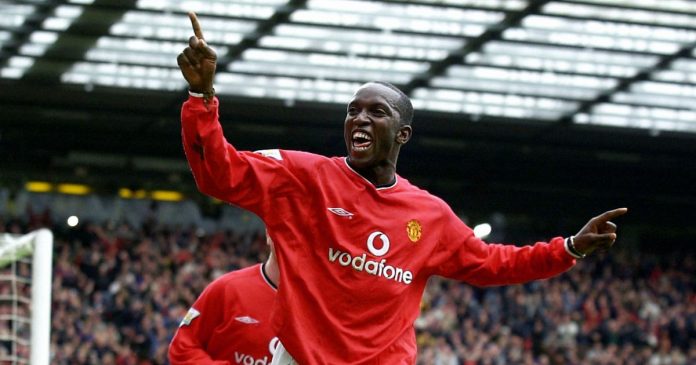After over a year’s worth of reports, rumours, and the deal being this close to completion, Jadon Sancho is finally set to be joining Manchester United.
𝗛𝗲𝗮𝗱𝘀 𝘂𝗽.
We have agreed a deal in principle for the transfer of Jadon Sancho to United! 🔴⚪⚫#MUFC
— Manchester United (@ManUtd) July 1, 2021
The English winger has reportedly signed a contract that will keep him in Manchester until 2026, with an option to extend for another year.
Borussia Dortmund say they will receive a sum of €85 million for his transfer (although about 15% of this will go back to Manchester as City had inserted a clause in his Dortmund to receive a part of his transfer fee).
The 21-year-old forward’s youth career began at Watford, but he switched to City at the age of 14 years.
He continued to impress in their academy and was set to join the senior set-up in 2017, but a contractual dispute relevant to playing time saw him try to look for a move away, and Dortmund eventually landed him.
Having nearly 130 appearances and lifted the DFB Pokal for BVB this year, Sancho will now be joining the bitter rivals of his former club by making the switch to the red side of Manchester.
Gareth Southgate may not have a BT Sport subscription to watch the Bundesliga last season, but luckily we did, so here is our analysis of Sancho:
Player profile
Sancho is a versatile right-footed attacker capable of playing on either wing, as he demonstrated at Borussia Dortmund last season.

His short stints in a more central role can be explained by Lucien Favre’s attempts to play a 3-4-1-2 or 3-4-2-1 early on in the season, but since Edin Terzić took over, he was almost exclusively used out wide in his natural position.
As far as his playing style is concerned, let’s hear about it from the man himself:
I’d call myself a street footballer, that’s where I learned my tricks, and through football I looked at the big players, I think it really helped me.
-Jadon Sancho
Strengths
Sancho has been labelled as one of the brightest young talents in world football for over a year now, and it’s easy to see why.
Even though he would still be eligible to play the next edition of the Under-21 Euros in 2023, the Englishman has established himself as one of the most elite wingers in world football, and his numbers back that up.
Creativity is Sancho’s greatest forte, as the pizza chart above shows. His assists might be slightly bloated thanks to the presence of Erling Braut Haaland, but his very high xA (expected Assists) indicates that he can operate at a consistently high level.
His shot-creation (both in terms of SCA and key passes) is exceptional, while his productive dribbling shows that he has the ability to change games single-handedly.
That is not to say, though, that Sancho is a slouch in terms of goalscoring. He netted 16 times in all competitions for Dortmund last season, while his xG overperformance of just 0.6 in the 2020/21 Bundesliga shows that his finishing is very sustainable.
That is partly because Sancho gets into great positions inside the box, as his goalscoring zones indicate:
In about four Bundesliga seasons (where he made 104 appearances), Sancho has scored 38 goals and assisted 45 others, which include back-to-back seasons with 26 and 33 goal involvements, respectively.
It should be noted that he overperformed his xG and xA tallies by a combined 26.1 in those two campaigns, so expecting similar levels of performances would not be wise.
His average of 0.83 goals and assists per 90 in the last league season is a lot more realistic, and it is nothing to be scoffed at either.
Moving to what might perhaps be the most attractive part of Sancho’s game – his dribbling – we get to see yet more world-class numbers from the most recent Bundesliga season, including an average of 7.11 dribbles attempted and 0.7 nutmegs (because there is no better way of beating a defender than utter humiliation), both per 90.
Rather surprisingly, the Englishman’s dribble success rate has been a very low 55.8%, but that may well be a reflection of the risks he takes with the ball at his feet.
Finally, Sancho is brilliant at progressing the ball – something that United often struggle to do.
He can do so both through passing and with the ball at his feet, as is reflected in his statistics.
Last season’s average of 6.46 progressive passes per 90 are incredibly high for a winger, while 61.63 carries and 10.43 progressive carries per 90 are very promising, so he will hopefully reduce some of the ball progression burdens from Bruno Fernandes.
Weaknesses
Even though he is just 21 years old, it is tough to find too many faults in Sancho’s game, as is evident in his incredible numbers across almost all of the relevant attacking metrics which we have seen above.
However, if there is one area where the Englishman might have to do a bit more work, it is his defensive contribution.
His average of 11.13 pressures per 90 ranked him as low as the eighth percentile in last season’s Bundesliga relative to fellow wingers and attacking midfielders, while 1.31 tackles and interceptions per 90 do not make for great reading too.
He isn’t the tallest of men either, which should explain his aerial duel success rate of 18.5% in the Bundesliga last season.
Part of this must be blamed on Dortmund’s defensive system, so there is nothing to say that Sancho will not adapt to United’s defensive style – particularly because it is not one of the more pressing-reliant ones.
Role at Manchester United
It doesn’t really take a genius to figure this out, but Sancho is set to bolster United’s wide attacking options.
Assuming that Manchester United will continue to operate in a 4-2-3-1 (which certainly seems very likely), Sancho is expected to establish himself as the first-choice right winger, while also being able to slot in on the left if necessary.
Looking back at his season at Dortmund, it is evident that the Englishman is accustomed to playing on the right flank, so all seems fine on paper.
However, a closer look at his goal contributions leads to a surprising deduction – although the 21-year-old winger started 17 Bundesliga games on the right and just nine on the left, he racked up 10 goal contributions from the latter while getting one fewer on the right.
Essentially, Sancho has been twice as productive on the left flank this season than he has been on the right.
This observation certainly calls for deeper research, and this is what we get from his entire Bundesliga career:
Ultimately, Sancho has marginally been more effective from the right flank, but that is almost exclusively because of a very right-dominant 2018/19 campaign, as the left wing has proven more productive for him in all the other three seasons.
The 2017/18 season is too small a sample size, and Sancho was pretty much only used on the right in 2018/19, so what has changed thereafter?
His time on either flank was nearly split evenly in 2019/20, but it is 2020/21 that is the really puzzling one because he spent twice as much time on the right to get fewer goals and assists.
One explanation for that pattern might lie in the full-back operating behind Sancho in these seasons.
In 2018/19, BVB primarily used a back-four with Achraf Hakimi as a right-footed left-back while, as aforementioned, Sancho was only used as a right winger, so all of his goals unsurprisingly came from that side.
Then, in 2019/20, Lucien Favre used a 3-4-3 with Hakimi and Raphaël Guerreiro as the wing-backs, which explains a more equal divide in Sancho’s goals.
Before the 2020/21 season, Hakaimi’s loan deal expired, so Dortmund searched for a new right-back.
Thomas Meunier, a more defensive-minded full-back, was signed to replace Hakimi, but injuries meant that Mateu Morey, Łukasz Piszczek or even Emre Can were used in that position, so Sancho could not really form a partnership with anyone.
Meanwhile, Guerreiro continued on the left, so that is where the goals were flowing from.
So, if our conclusion from this case study is that a strong partnership with an attacking full-back is key for Sancho to excel, this could be an area of concern for United.
If they plan to predominantly use him as a right winger, they may not get the desired results because Aaron Wan-Bissaka’s attacking output is very much on the lower side as far as right-backs go.
Meanwhile, the 21-year-old winger could form an excelled pair with Luke Shaw on the left, but the Red Devils really do not need another left-sided attacker at the moment.
Conclusion
Keeping all the talk of wings and full-backs aside, there is no question that Sancho is simply an exceptional footballer, and he has the ability to make almost any team on this planet better.
Therefore, signing him for a significantly lower fee than what Dortmund were asking for last summer has to be considered a great success from a financial and sporting perspective for United.
There certainly will be question marks over how he is used and whether Ole Gunnar Solskjær will be able to maximise his potential, but even a 70% Jadon Sancho can vastly improve the Red Devils’ right wing.
On that basis, it will be quite hard to use him in a way that is objectively incorrect (unless he is used as a defensive midfielder – the situation is not that dire yet).
In any case, fans who want to see good football should be incredibly excited by this signing, because United are bringing a player who is not just one of England’s but also one of the world’s most talented wingers to the Premier League.
Stats courtesy Transfermarkt and StatsBomb via Fbref.
Add Sportslens to your Google News Feed!
